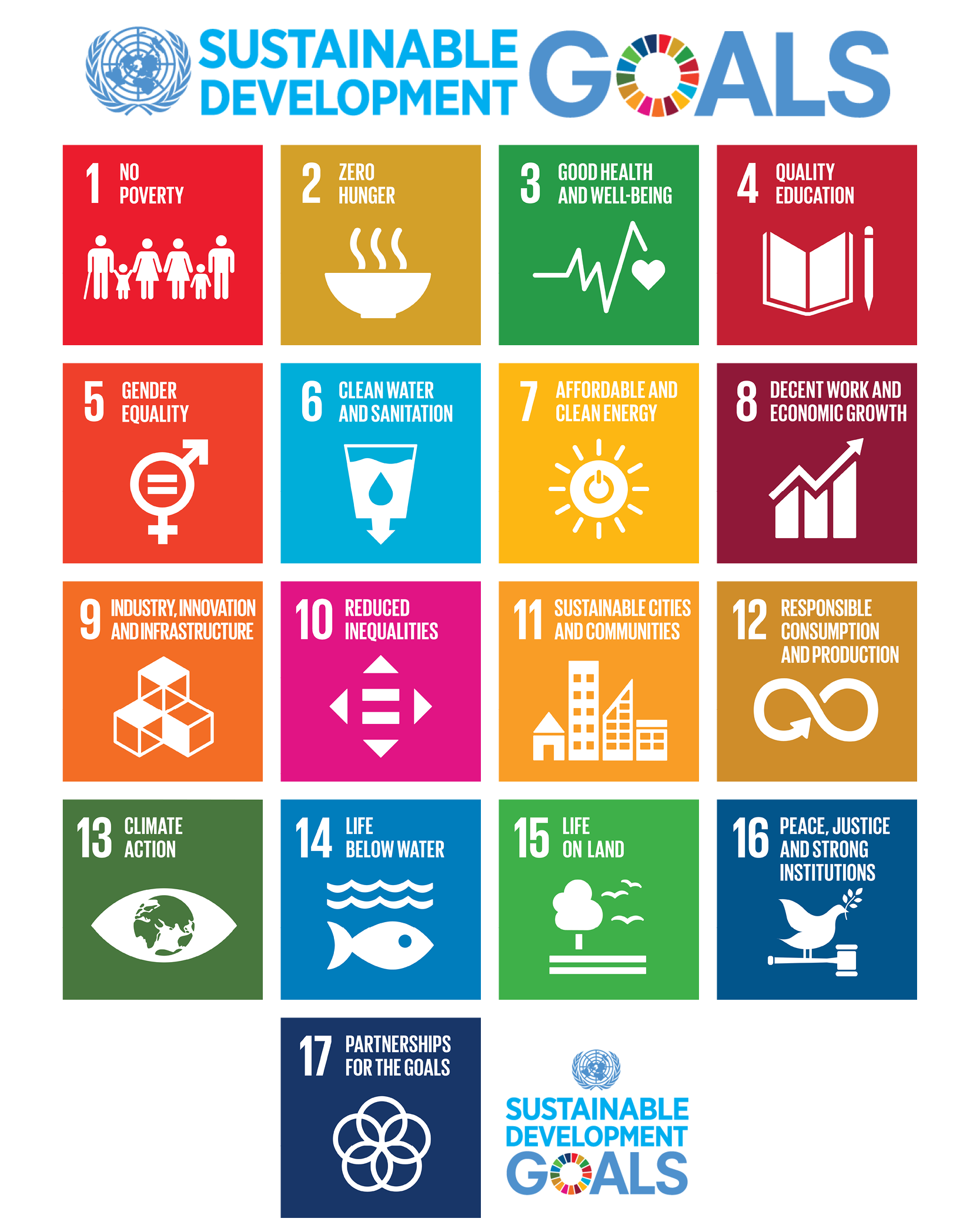How is the Global Future Cities Programme addressing the SDGs?
The SDG Programme Profile of the Global Future Cities Programme shows the potential of the 30 urban projects of the Programme to contribute to achieving the Sustainable Development Goals (SDGs). As part of 2030 Agenda for Sustainable Development, the United Nations General Assembly set 17 Sustainable Development Goals, which are an urgent call for action by all countries to addressing some of the most pressing global challenges such as poverty alleviation, addressing inequalities, preserving the environment and addressing climate change.
Cities play a key role in taking action on the ground to advance the SDGs, supported by the New Urban Agenda. To support cities in this, the Global Future Cities Programme (GFCP) has designed the SDG Project Assessment Tool which is being applied to improve the quality of the project designs of the Programme and to enhance their contribution to the SDGs.
The SDG Tool identified 54 Sustainability Principles in the field of Urban Planning, Transportation and Resilience, the thematic areas of the GFCP. The 54 Sustainability Principles align to relevant SDG indicators. A set of Sustainability Principles are selected based on the projects’ scope and cities’ context, which resulted in a unique SDG Project Profile for each of the 30 GFCP project designs. The SDG Project Profile provides an overview of the potential of specific projects to address the SDGs. The graph below aggregates these 30 SDG project profiles at Programme level which provides an understanding of the Programme’s potential to contribute to the SDGs. In addition, the SDG Programme Profile can be filtered by region and thematic area to understand how these components address the SDGs.
The GFCP will deliver the project designs for implementation. Throughout the GFCP the contribution to the SDGs of the project designs will be assessed and discussed with all stakeholders to maximise the projects and GFPC’ potential contribution to the SDGs. Please find more information on the SDG Project Assessment Tool here
